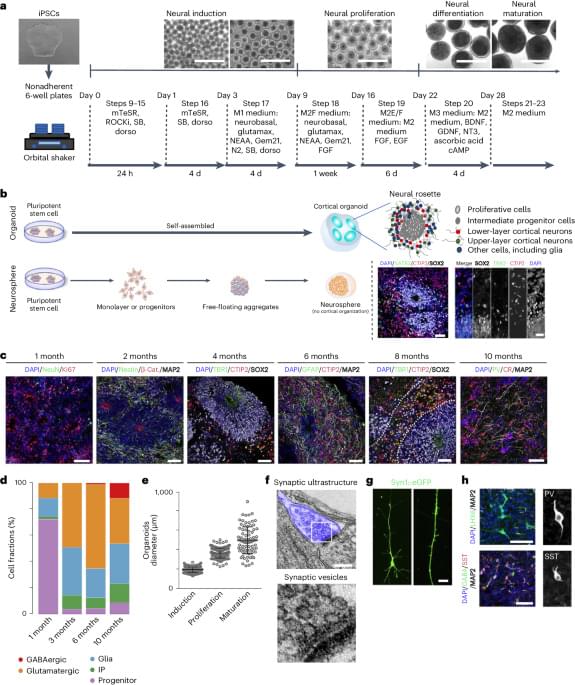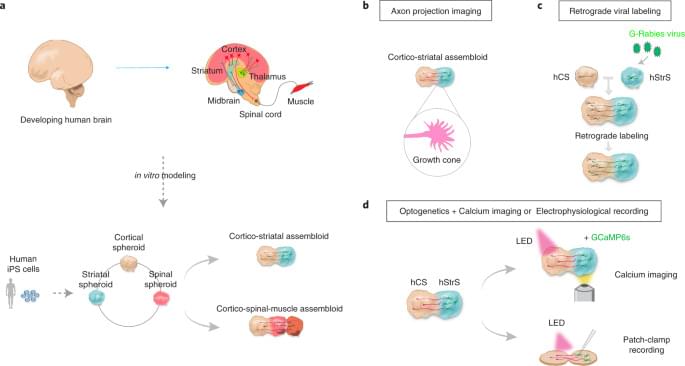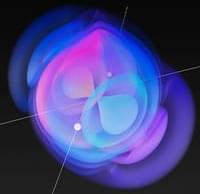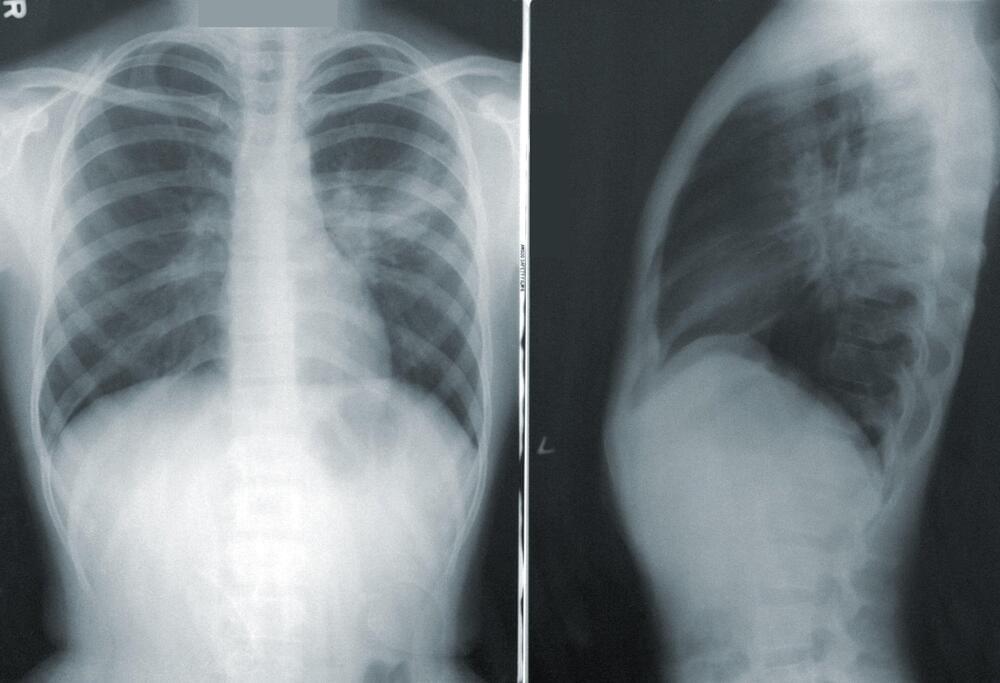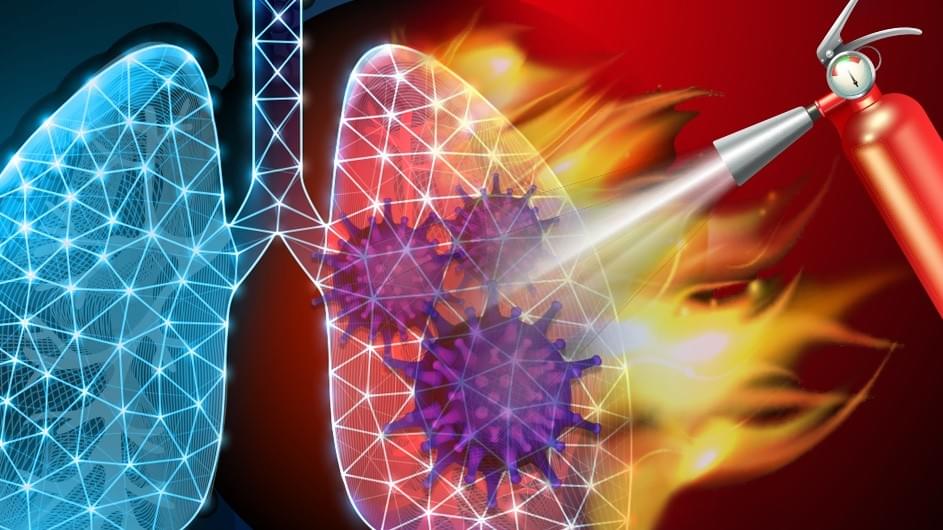The study is based on several intriguing coincidences. First, observations show that there is about the same amount of ordinary and dark matter, which exceeds baryonic by about five times. And secondly, neutrons and protons have almost the same mass, which allows them to form stable atoms — this is a random but stable property of the quantum world, because otherwise our universe would not be home to any of the atoms that make up stars, planets and ourselves.
In fact, the theory suggests that there may be a parallel universe like ours in which neutrons and protons do not have such convenient symmetry in mass. In this world, there is a “soup” of subatomic particles that interact little, which explains why dark matter does not seem to clump together.
It is important to note that this is just one more of many hypotheses that try to explain the mystery of dark matter – an annoying and lingering unknown in our understanding of the universe.
